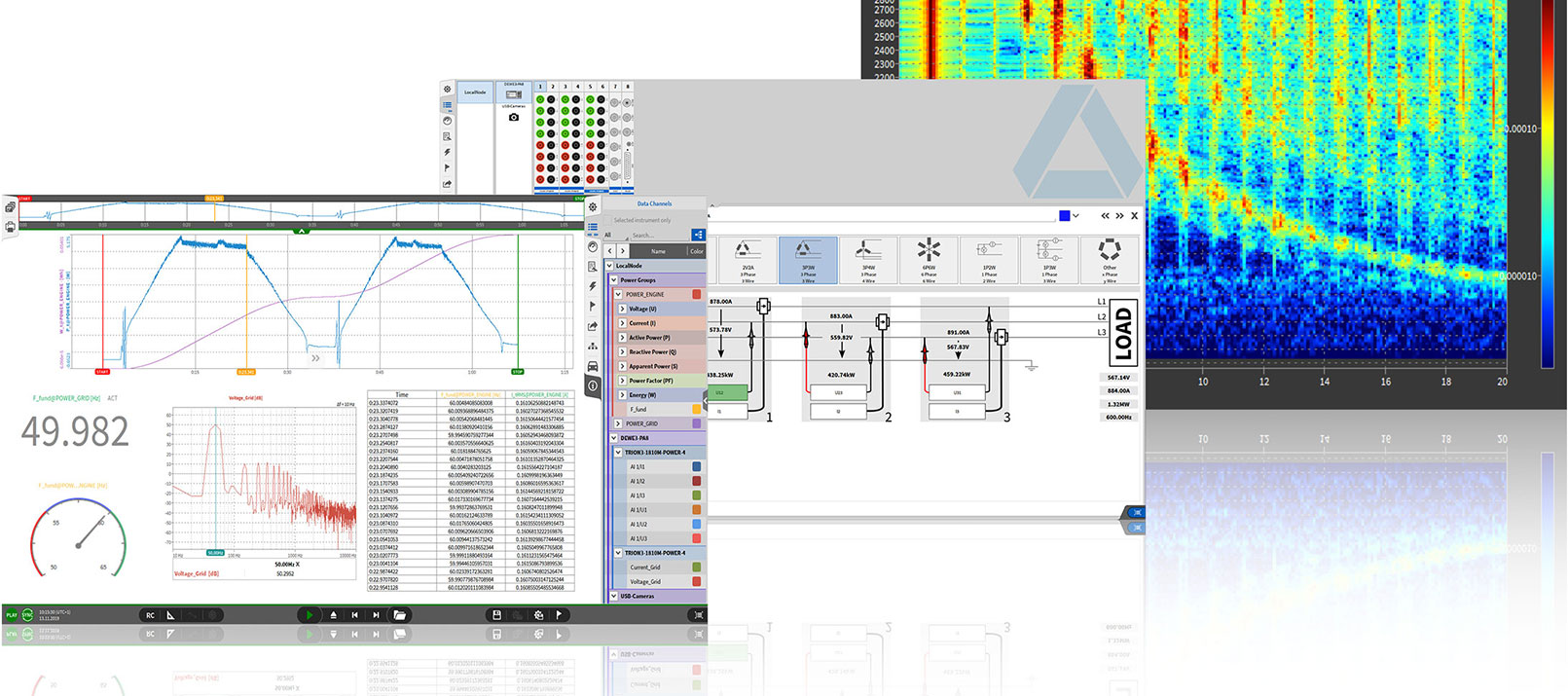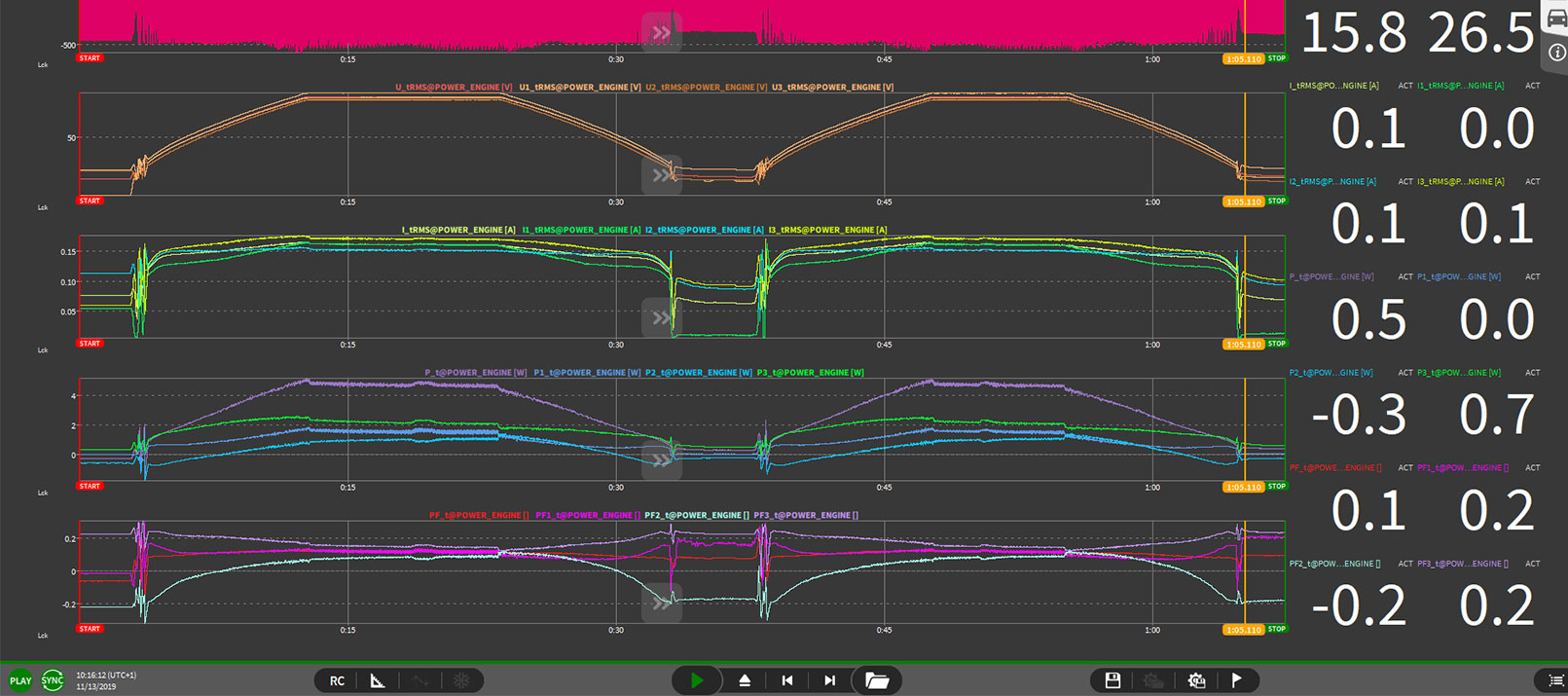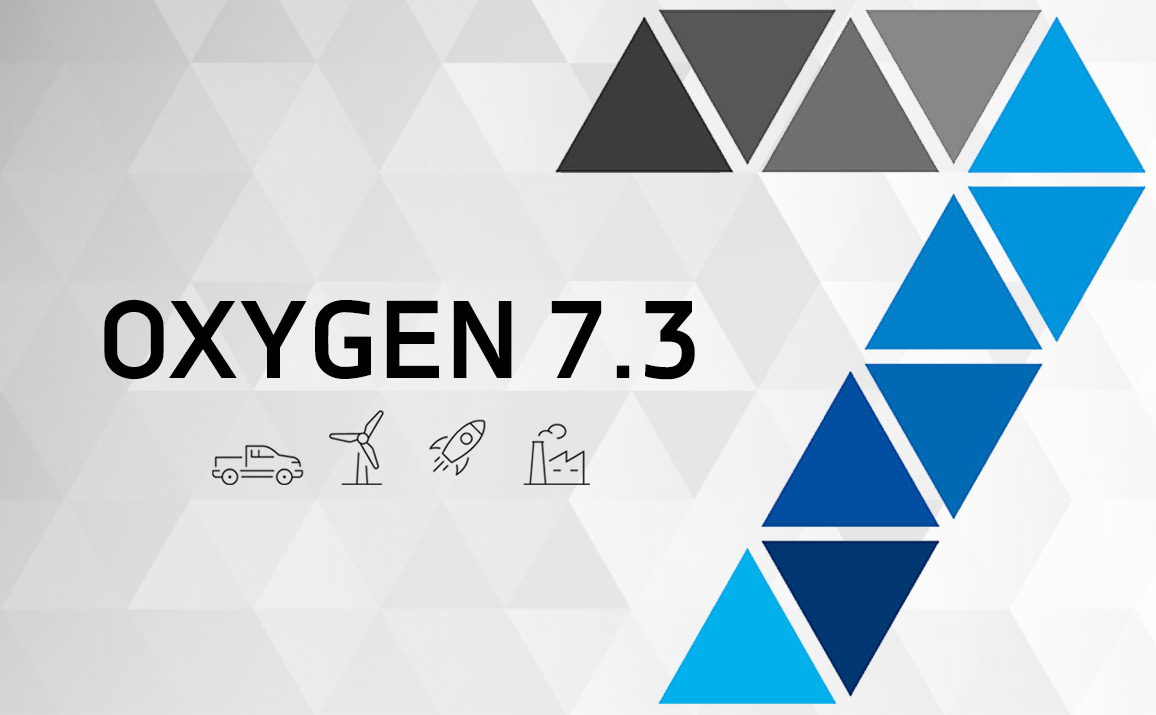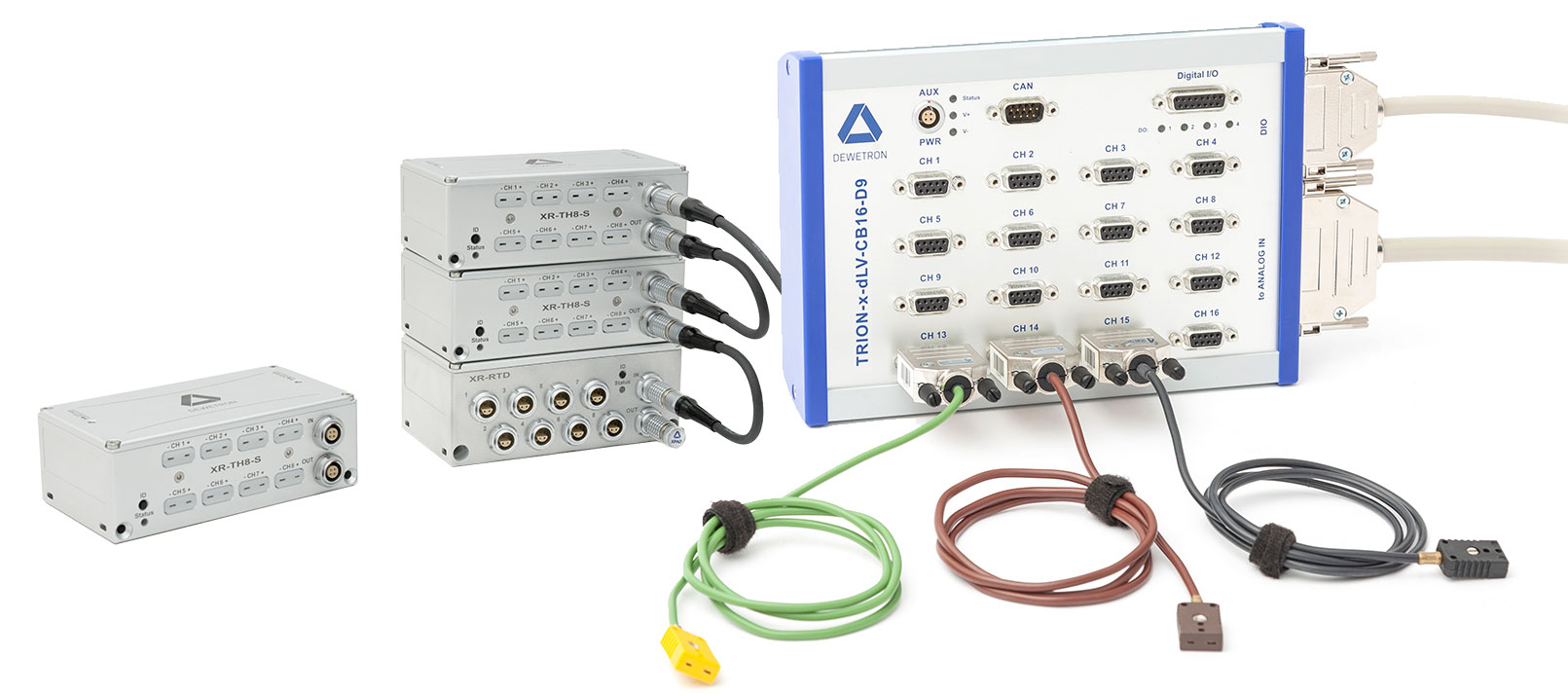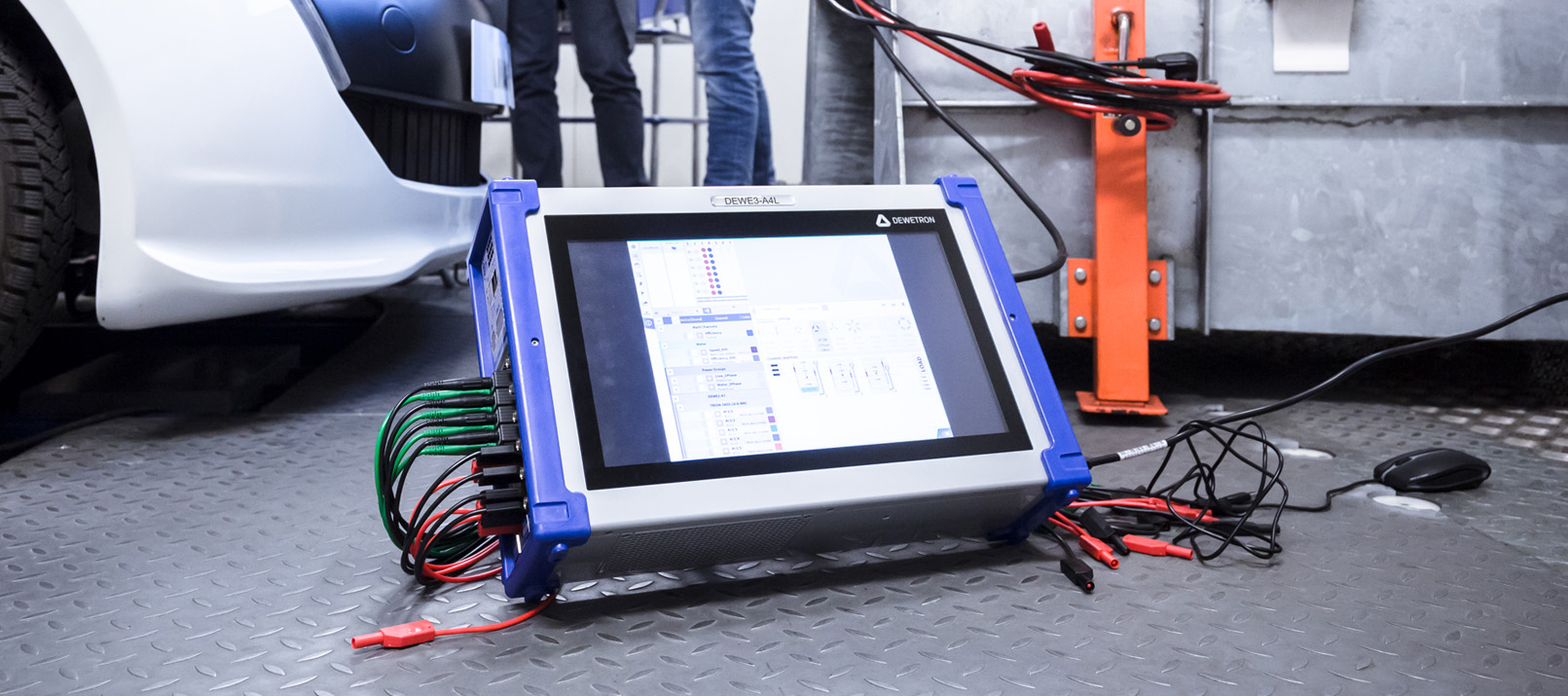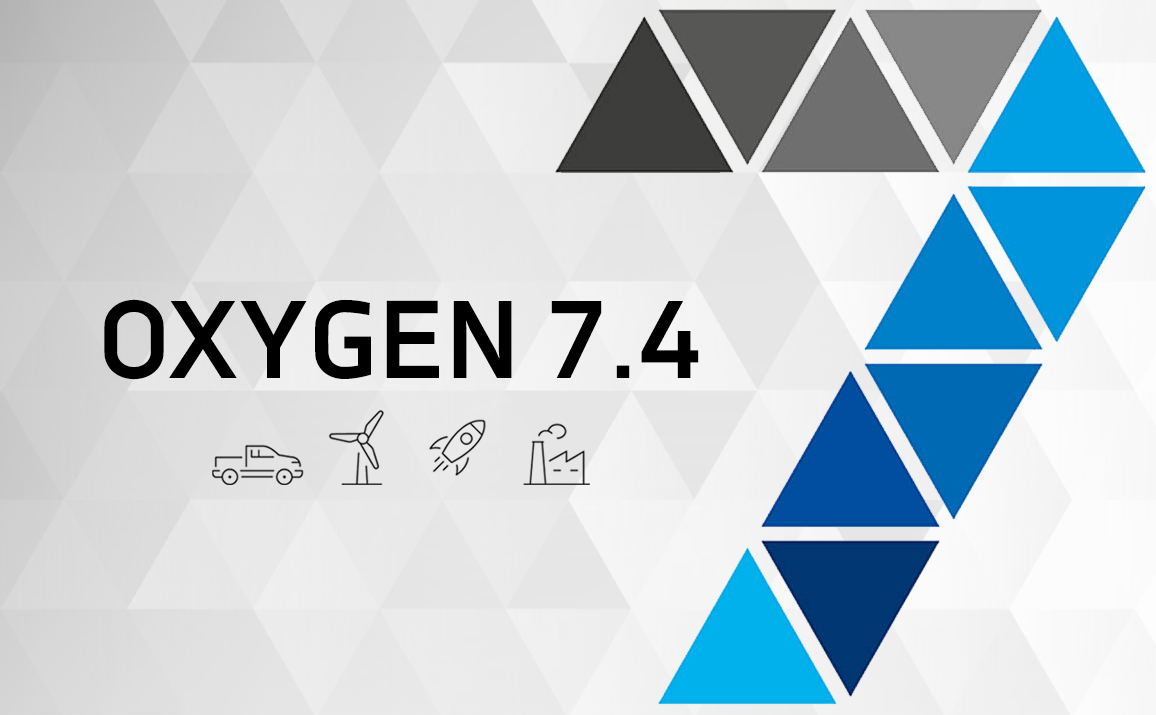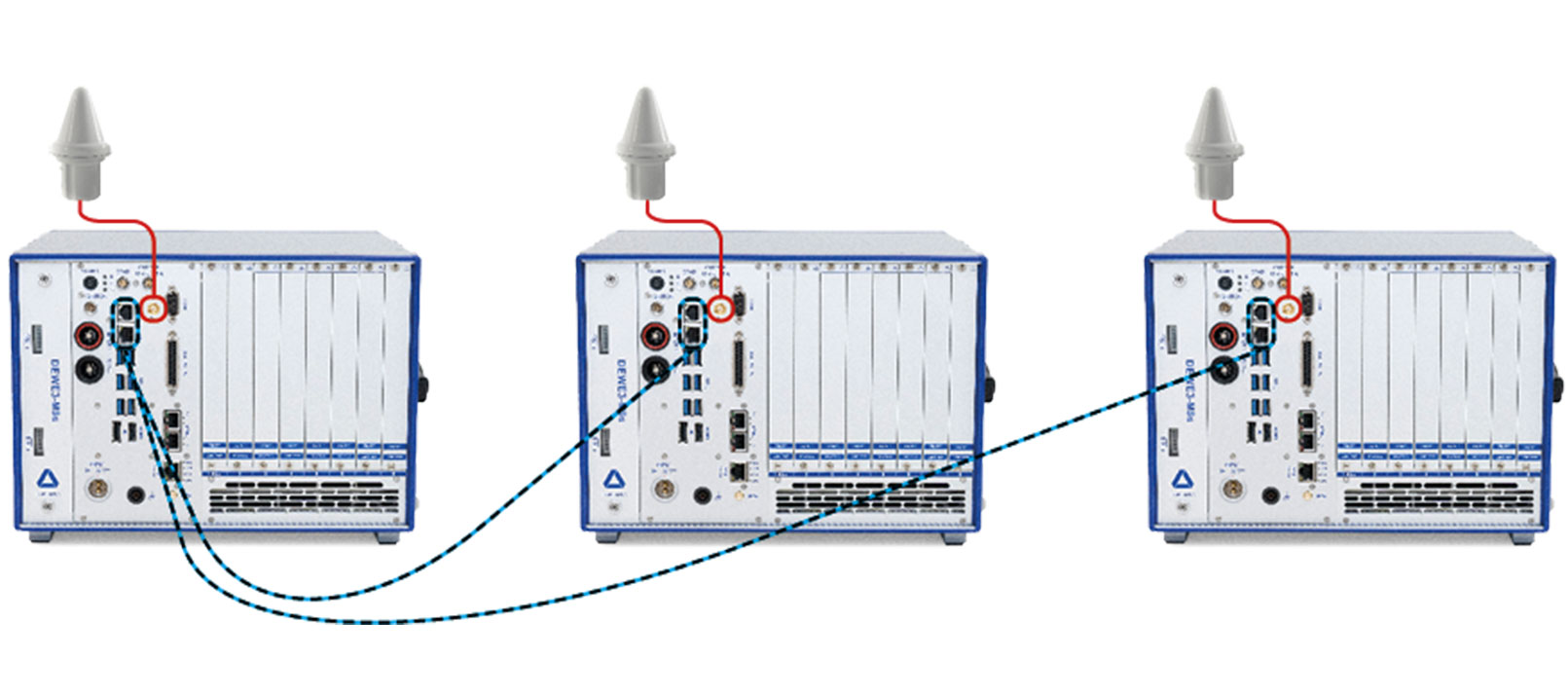Which export options in OXYGEN do we offer?
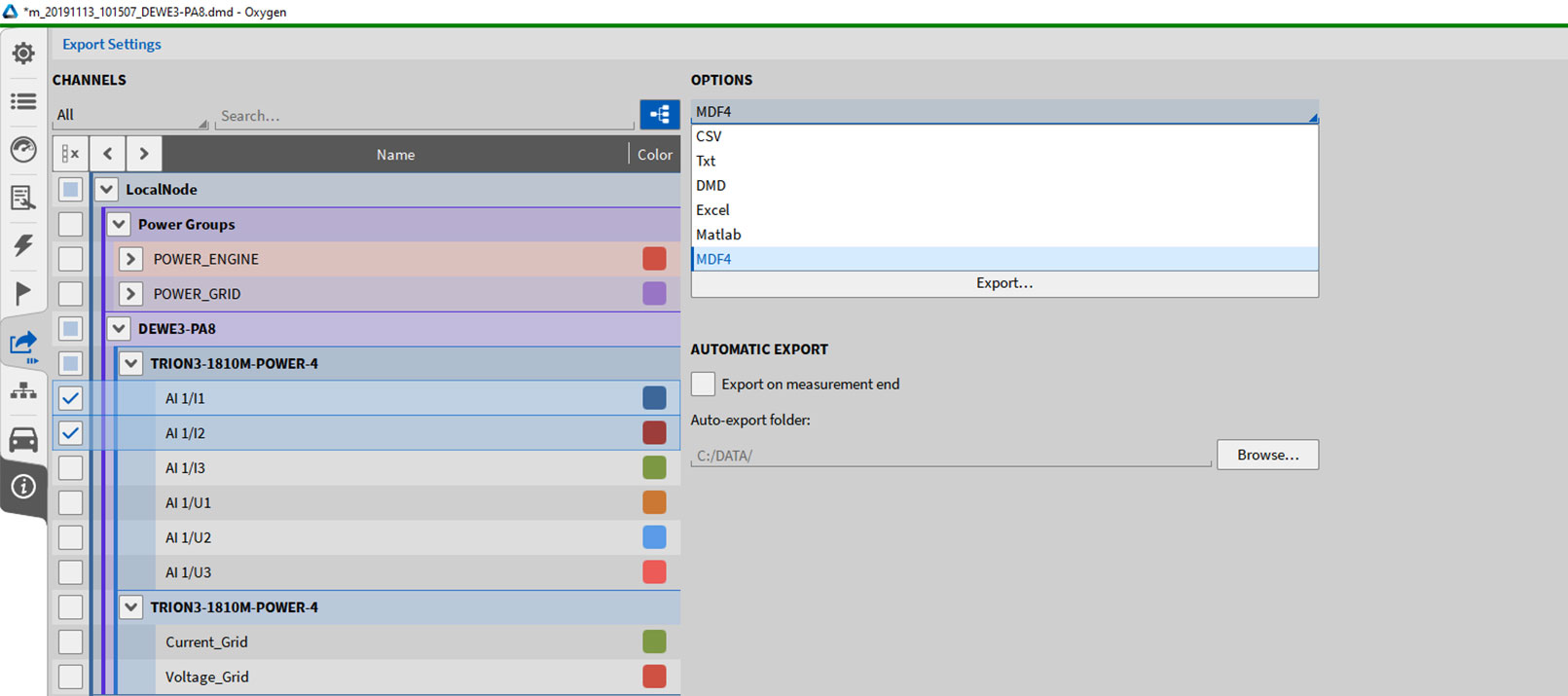
Software for data evaluation and analysis has a variety of features, ranging from simple data integration to FFT analysis and the creation of efficiency maps. But the main characteristic of a good data analysis program is its compatibility with other programs. DEWETRON’s in-house OXYGEN software is designed for compatibility and therefore offers a variety of export formats and export options. In this article we want to introduce you to exactly these functions of our OXYGEN software.
Many export formats – wide compatibility
OXYGEN offers you a high number of export formats. This ensures that your recorded and evaluated data can be read by as many other programs as possible.
Export formats include common formats such as *.txt (text file), *.csv (CSV file), *.xlsx (Excel file) or *.mat (Matlab file). But also less known file formats are available as export options, for example *.dmd files. This is a useful export format for data reduction, as for example you can export the area between the cursors.
A format widely used in the automotive industry is *.mdf 4.0/4.1. This format, developed by the Robert Bosch GmbH in 1991, makes it possible to efficiently store measurement data. The *.rsp (rcp III) format also offers a similar functionality.
In the medical or audio industry, the *.wav format is popular to store raw data of vibrations. These vibrations can represent pulse beats, sound recordings or even earthquakes.
An export format introduced in OXYGEN 5.7 is *.hdf5. The use case for this format is mainly in scientific applications for storing large amounts of data. Additionally, *.hdf5 allows the storage of convoluted data and can save measurement data as well as metadata in the same file.
Other export formats offered by OXYGEN are *.uff (binary and ACII), *.nt (DynaWorks) and *.dat (DIADEM).
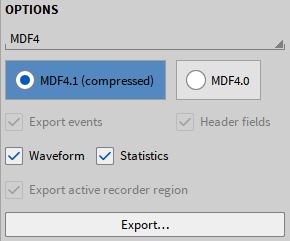
Selection of export format
Special export options – great flexibility
Export formats offer you a high level of compatibility. But the options which a program additionally offers you when saving data allow you to work even more flexibly.
OXYGEN therefore also offers you a number of special export options, each of which could already significantly simplify your everyday work life:
- Export of active recorder regions / Export between cursors: OXYGEN offers you the possibility to export only the active recorder region. You can also define the range of data you want to export by setting cursors.
- File split: Especially for long measurements, saving several small measurement files instead of one large file can be useful. This allows you, for example, to start evaluating data before the end of the measurement. There are three ways in which you can split files in OXYGEN. You can:
- split data after a defined measurement duration (e.g. after 1 hour of continuous measurement)
- split data by absolute time. You can select date and time of the first split using the popup calendar.
- split data after a defined number of events
- Export with trigger events: It is possible to save the data only after the occurrence of a trigger event. A trigger event could be for example a strong voltage pulse.
- Export with/of statistics data: Statistics data recording captures statistical data such as MIN, MAX, AVG (arithmetic mean) or RMS (root mean square). OXYGEN saves this data after a specified period of time.
You can find even more detailed information about export formats and export options in our OXYGEN online help.
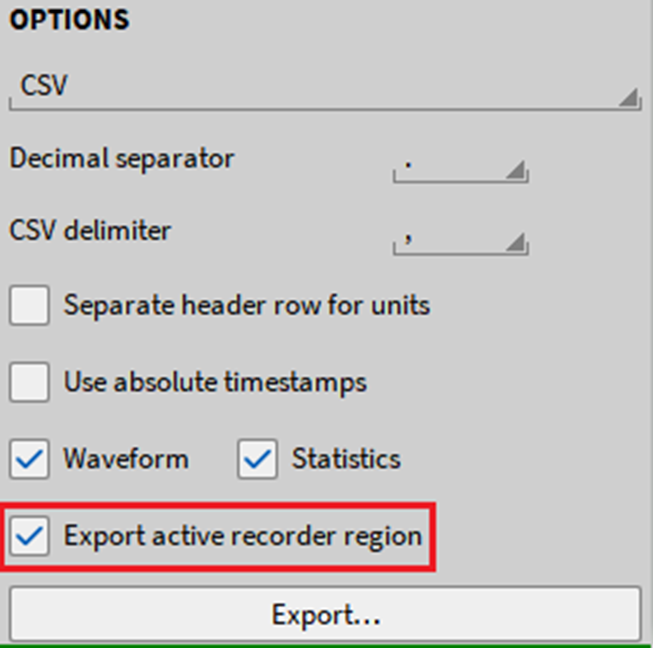
Selection of export options
